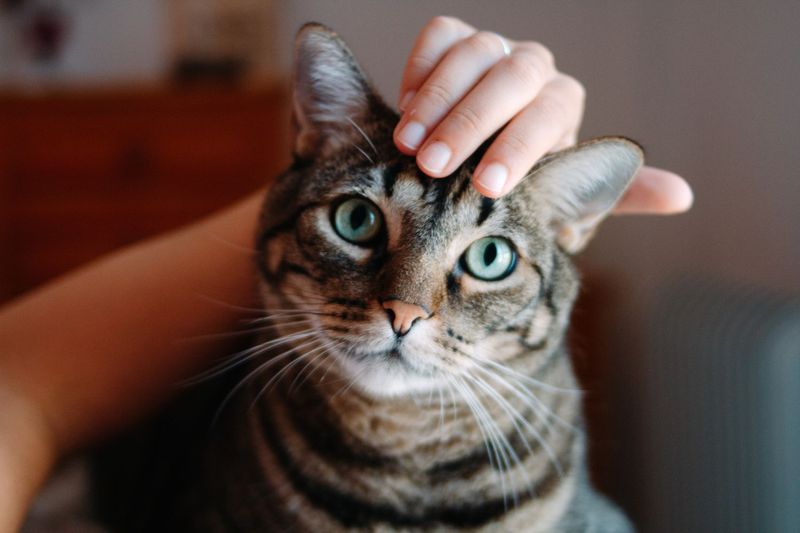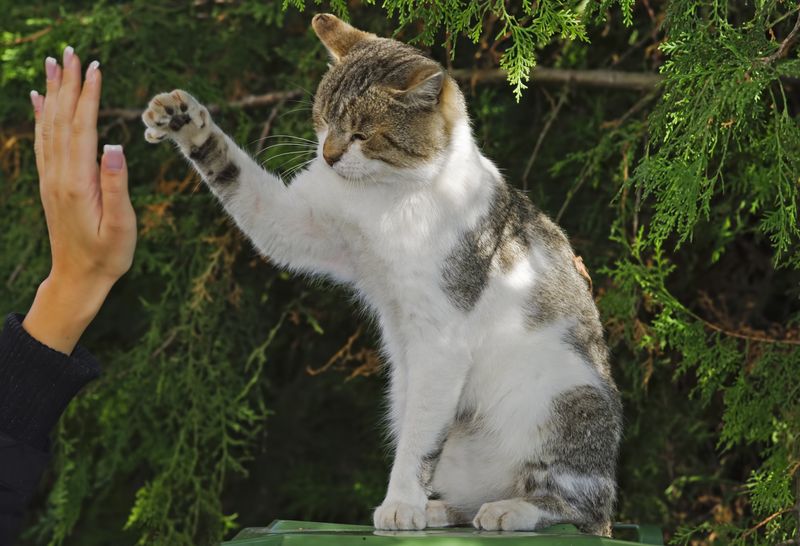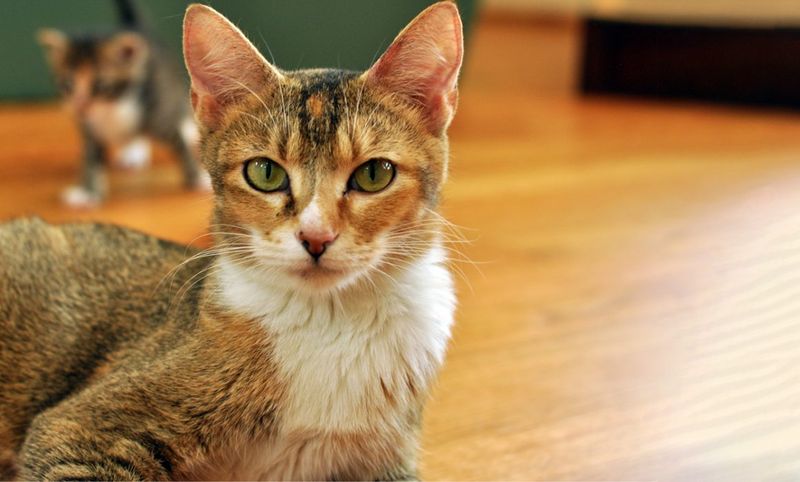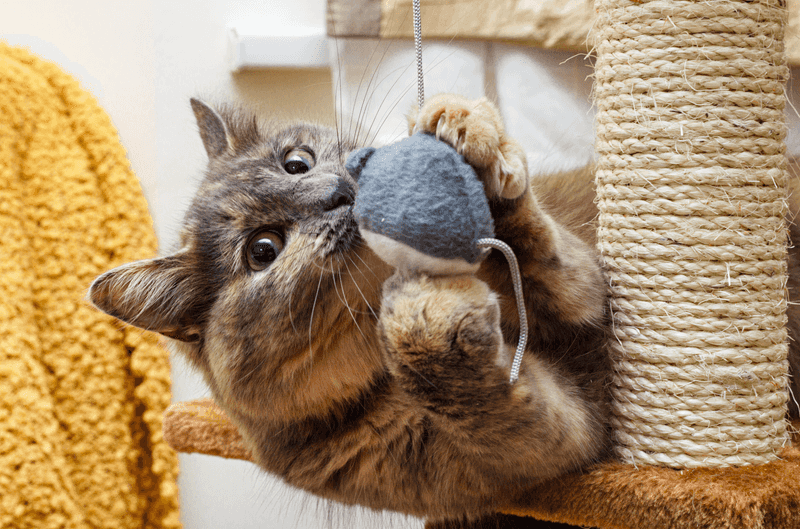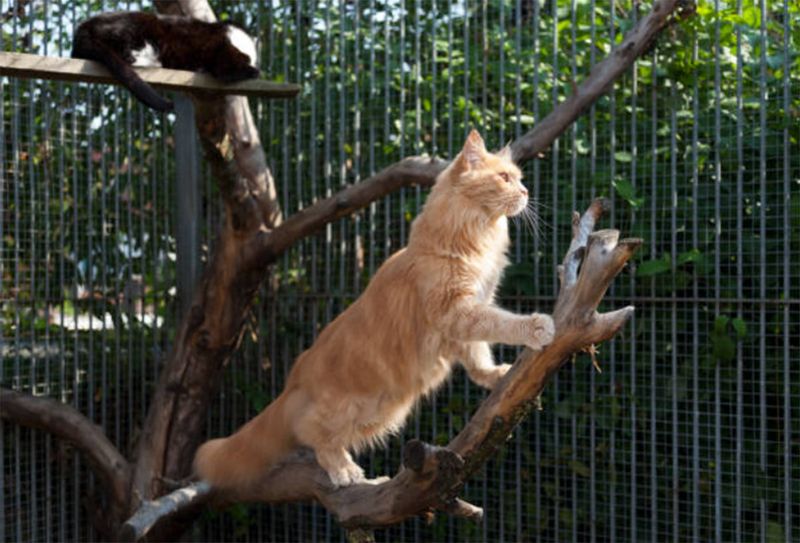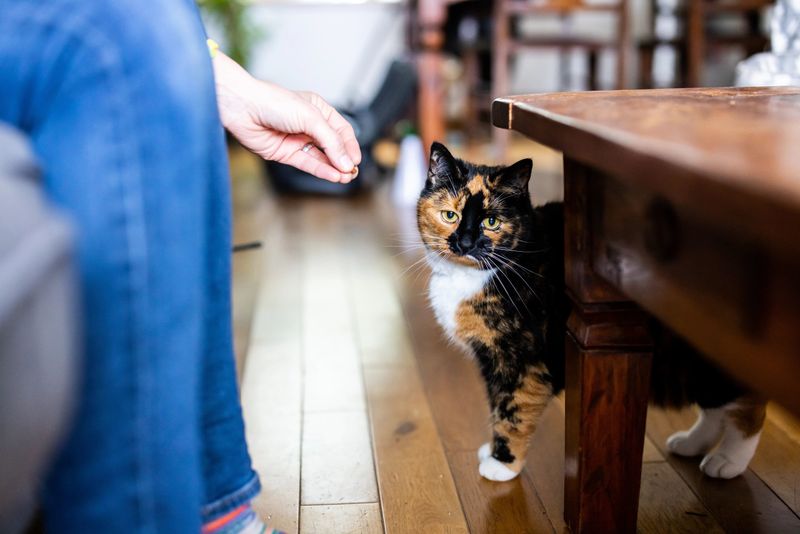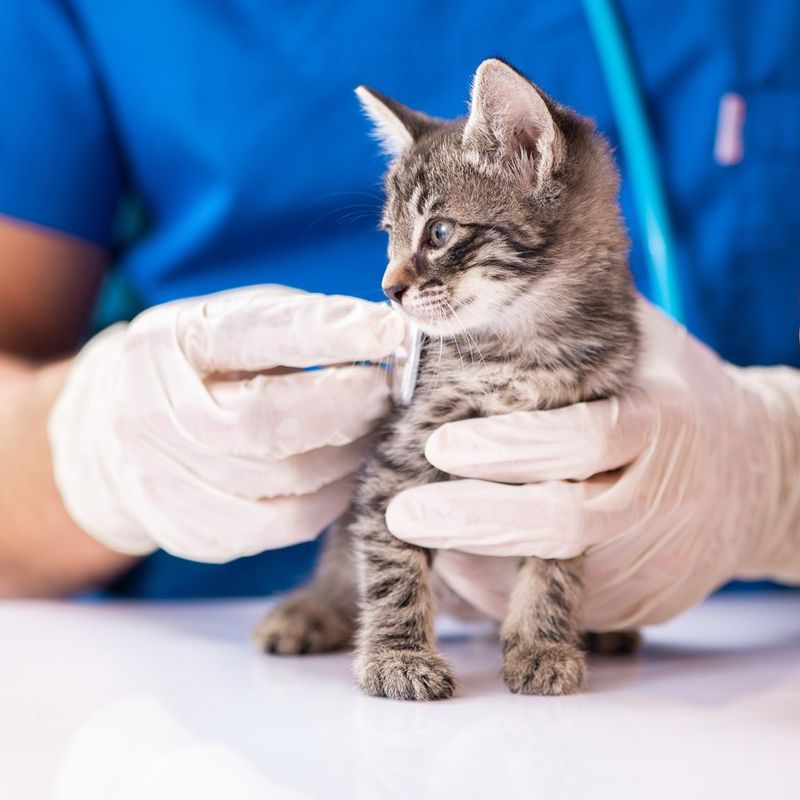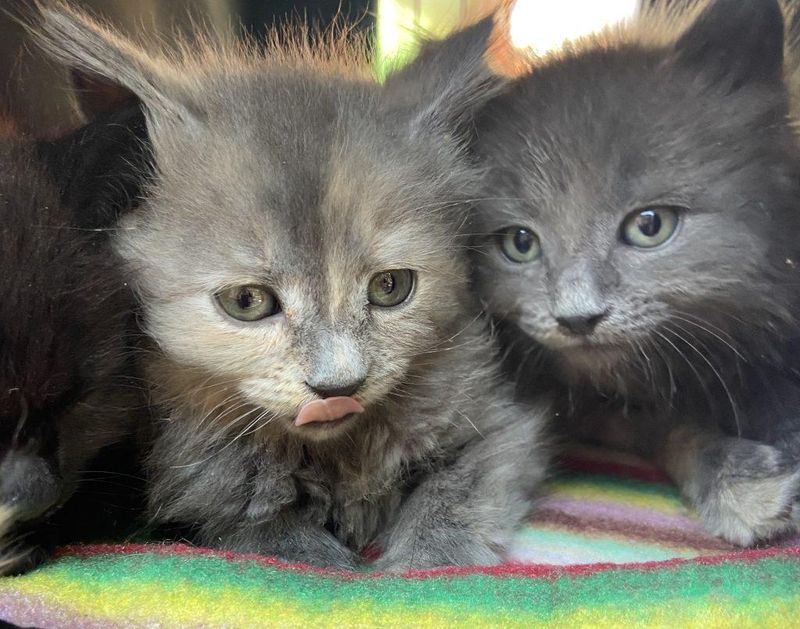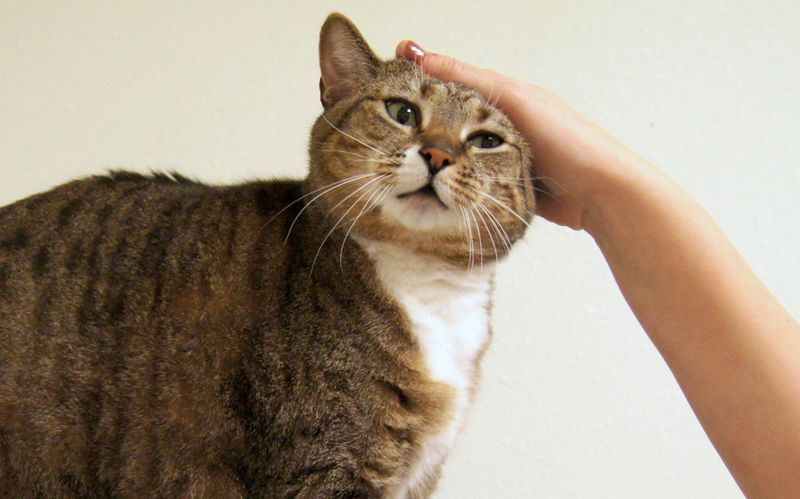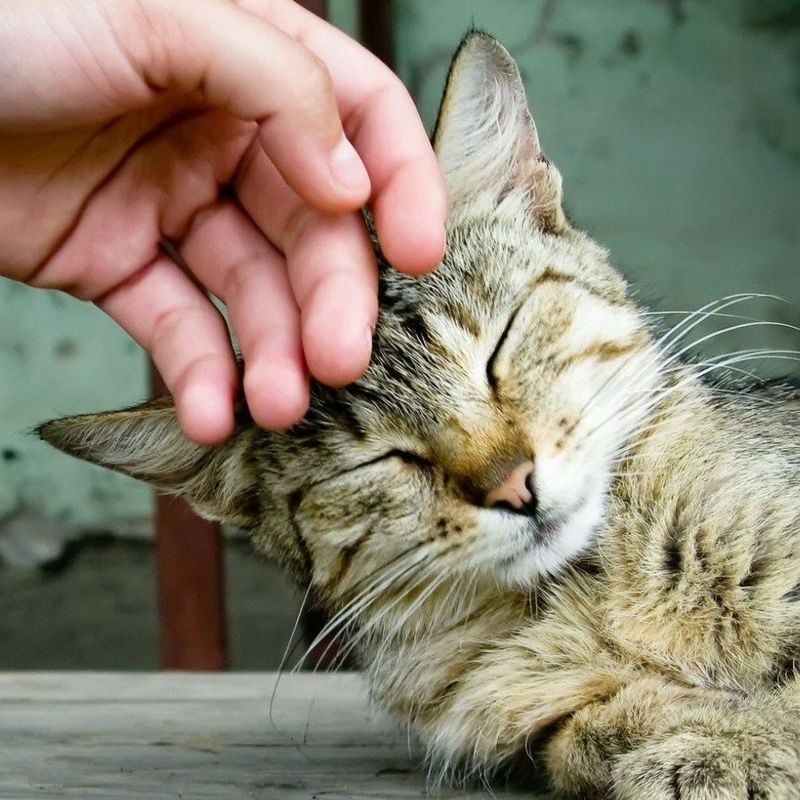📖 Table of Content:
- 1. Understanding Your Cat’s Behavior
- 2. Allergy Management Tips
- 3. Finding Pet-Friendly Housing
- 4. Behavioral Training Techniques
- 5. Exploring Financial Assistance
- 6. Utilizing Cat-Enrichment Activities
- 7. Creating a Safe Outdoor Space
- 8. Finding a Support Network
- 9. Consulting a Veterinarian
- 10. Exploring Temporary Foster Care
- 11. Considering Professional Counseling
- 12. Adopting a Flexible Routine
- 13. Assessing Long-Term Commitment
- 14. Seeking Advice from Animal Behaviorists
- 15. Understanding Emotional Impact of Rehoming
- 16. Exploring Shelter Alternatives
Deciding whether to give up a cat for adoption is never an easy choice. Many pet owners face circumstances such as allergies, life changes, or behavioral challenges that lead them to consider rehoming their feline companions. The emotional weight of this decision can be overwhelming, but there are steps to take that may provide clarity and guidance.
Understanding the root of the issues and exploring possible solutions is crucial before making any final decisions. Sometimes, behavioral problems can be addressed with proper training or environmental changes, and lifestyle adjustments may offer new possibilities for keeping the pet. There are also alternatives to adoption, and it’s important to consider all available options.
These 16 pieces of advice aim to offer practical insights and emotional support during this difficult time. They provide valuable suggestions for understanding your cat’s behavior and highlight strategies to improve the situation, helping both the owner and the pet find a healthier, more positive path forward. Every situation is unique, but compassionate guidance can make the process easier for both parties involved.
1. Understanding Your Cat’s Behavior
Cats often exhibit behaviors that can be puzzling. Understanding these behaviors is crucial. Scratching furniture, for example, is a natural instinct. Provide scratching posts to redirect this habit. Excessive meowing may indicate your cat needs attention or feels unwell. Observe their health and consult a vet if necessary. Recognizing these signals can prevent misunderstandings.
By learning more about your cat’s natural behaviors, you can foster a more harmonious relationship. This understanding may alleviate some of the frustrations that lead to considering adoption. Remember, patience and empathy go a long way.
2. Allergy Management Tips
Allergies can be a major reason for rehoming pets. However, managing them can make cohabitation possible. Regular cleaning is essential. Use HEPA filters and vacuum frequently to reduce allergens. Consider an air purifier to keep the environment cat-friendly. Hypoallergenic bedding and cat products can also minimize allergic reactions. Consult a doctor for personalized advice.
Implementing these strategies might reduce discomfort, allowing you to keep your beloved feline. It’s important to explore all options to manage allergies before deciding on adoption. Living with allergies is possible with the right approach.
3. Finding Pet-Friendly Housing
Housing challenges with pets are common, but solutions exist. Look for pet-friendly rentals. Many landlords understand the bond between owners and pets. When applying, prepare a “pet resume” showcasing your cat’s good behavior. Include references from past landlords if possible. This can ease concerns landlords may have.
Explore housing communities specifically designed for pet owners. They offer amenities that cater to both humans and animals. Persistence is key. Finding suitable housing ensures you and your furry friend can stay together without stress.
4. Behavioral Training Techniques
If your cat’s actions are leading you to think about rehoming, training can be a positive alternative. Start by looking for the underlying causes of things like aggression or anxiety. A professional trainer can help you apply strategies such as positive reinforcement to change those behaviors.
Implementing these strategies requires consistency and commitment. Over time, you’ll likely see improvements in your cat’s behavior. This can strengthen your bond and reduce the inclination to consider adoption as a solution.
5. Exploring Financial Assistance
Financial constraints can lead to rehoming. Assistance programs might provide relief. Charities and organizations offer help with pet-related expenses. Research local and national programs that support pet owners. They might cover veterinary bills, food, or supplies. This financial relief can alleviate some burdens.
By exploring these options, you might find a manageable path forward. Ensure you consider financial assistance before deciding to rehome. It could allow you to maintain your pet’s company without compromising your financial stability.
6. Utilizing Cat-Enrichment Activities
Cats need mental stimulation to stay happy. Boredom can lead to undesirable behavior, making adoption seem like an option. Enrich their environment with toys and puzzles. Interactive play sessions strengthen the bond between you and your cat. Rotate toys to maintain their interest. Creating vertical spaces for climbing can also aid in their physical well-being.
These activities can transform the home environment, reducing behavioral issues. Engaging your cat’s mind and body can alleviate some of the frustrations that make rehoming seem necessary. Keep them entertained to foster a happy home.
7. Creating a Safe Outdoor Space
Outdoor exploration is enriching but risky. Creating a safe space, like a catio, can satisfy your cat’s curiosity without endangering them. Cats can enjoy fresh air and watch wildlife from the safety of an enclosure. It’s a compromise that keeps them safe while granting freedom.
Building a catio can also prevent escapes and reduce stress-related behaviors, making it less likely for you to consider adoption. This outdoor sanctuary can enhance your cat’s quality of life significantly.
8. Finding a Support Network
Feeling overwhelmed? A support network can make a difference. Connect with other pet owners who understand your struggles. Sharing experiences can provide comfort and practical solutions.
Online communities and local pet groups are excellent resources. They offer advice and camaraderie, reducing feelings of isolation. Reach out to them. Having a community can lighten the emotional load, making it easier to cope with challenges. This connection may provide insights that prevent the need for rehoming. You’re not alone in this journey.
9. Consulting a Veterinarian
Visiting a veterinarian can shed light on your cat’s behavior and overall health. Often, medical issues are behind changes in behavior. A vet can help identify and treat any underlying health concerns, offering advice on nutrition and behavior that could alleviate worries about rehoming.
Regular check-ups ensure your cat’s well-being. This professional guidance can prevent misunderstandings and help you make informed decisions before considering adoption as an option.
10. Exploring Temporary Foster Care
If you’re unsure about permanent rehoming, consider temporary foster care. It provides a break for you and a change of environment for your cat. Reach out to local shelters or rescue groups to find foster opportunities. It allows you to reassess your situation while ensuring your cat’s safety and happiness.
This option can offer breathing space, helping you decide the best course of action without hastily resorting to adoption. It might also present a long-term solution if your circumstances change.
11. Considering Professional Counseling
The emotional aspect of rehoming a pet can be overwhelming. Consulting a professional counselor can help you process these feelings.
Counselors provide support, helping you navigate the emotional turmoil and offering coping strategies. They can guide you through the decision-making process with empathy. Engaging in counseling might reveal underlying issues influencing your decision to rehome. Professional guidance can lead to personal growth and clarity, potentially altering your perspective on adoption.
12. Adopting a Flexible Routine
A hectic lifestyle can strain pet care routines. Adopting flexibility might help maintain your bond with your cat. Set realistic schedules that accommodate both your needs. Consider alternative feeding and playtime arrangements that fit your lifestyle.
This flexibility ensures your cat receives adequate attention without compromising your responsibilities. Balancing your commitments with their needs can prevent thoughts of rehoming. It strengthens the mutual relationship, fostering understanding and harmony.
13. Assessing Long-Term Commitment
Before making any decision, assess your long-term commitment to having a pet. Consider the emotional and financial investments involved. Reflect on the reasons for contemplating adoption and weigh them against the bond you share with your cat. This introspection can provide clarity.
Understanding the responsibilities and rewards of pet ownership may shift your perspective. Evaluate if you’re prepared for the ongoing commitment, as it might reaffirm your decision to keep your furry friend.
14. Seeking Advice from Animal Behaviorists
Animal behaviorists can offer specialized insights into your cat’s actions. Their expertise may uncover reasons behind certain behaviors. By consulting them, you gain access to strategies tailored to manage or modify behavior. This professional advice might resolve issues that make adoption seem necessary.
Take proactive steps by engaging with behaviorists. Their guidance can enhance your understanding and relationship with your cat, turning challenges into manageable tasks.
15. Understanding Emotional Impact of Rehoming
Rehoming impacts both you and your cat emotionally. Understanding this can influence your decision. Cats form attachments, and a change can unsettle them.
Consider the emotional bond you’ve shared. It’s a valuable aspect of your relationship. The decision to rehome should weigh emotional welfare seriously. Reflecting on these aspects might sway your decision. It emphasizes the importance of considering all factors before choosing adoption. Prioritize emotional well-being to ensure the best outcome for you and your pet.
16. Exploring Shelter Alternatives
If adoption seems unavoidable, explore alternatives to shelters. Direct rehoming to friends or family can ensure your cat’s comfort. Contact rescue organizations dedicated to finding homes for specific breeds. They might offer services that suit your needs.
These alternatives prioritize your cat’s well-being, offering a sense of security and familiarity. Ensuring a smooth transition can alleviate some emotional burdens. Explore all options to find the most suitable home for your beloved cat.


